Este post ha sido escrito en inglés y en español, para leerlo en español clica aquí
Hello! Today I come to tell you about a region in the north of Spain that I was traveling through on a motorcycle trip that we made from our city (Zaragoza) to there. The driver of the trip was @vonjerico.
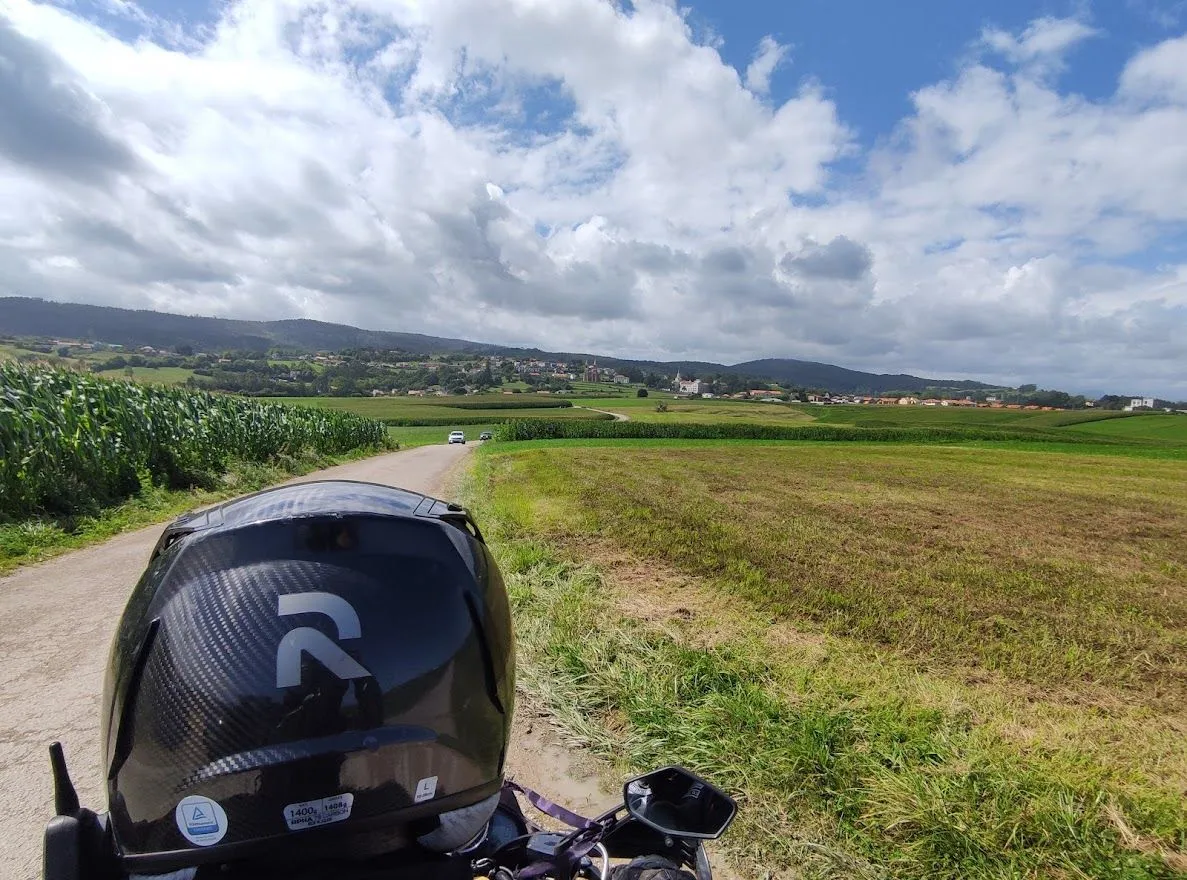
In Cantabria we were visiting several places, one of them and the one I was really looking forward to go, is the cave of Altamira, located in the town of Santillana del Mar.
It is a cave with Paleolithic rock art, that is possibly the most important in the world, and has been a World Heritage Site since 1985.
However, the original cave has been closed to the public for some years, to prevent it from being damaged by visitors. Every day a raffle is held at the entrance and only a lucky few visit the original. But otherwise, you can visit an exact replica of the cave, in which everything is millimetrically represented as it appears in the original, and also during the tour there are 3D projections that explain a little of the history and how it was discovered.
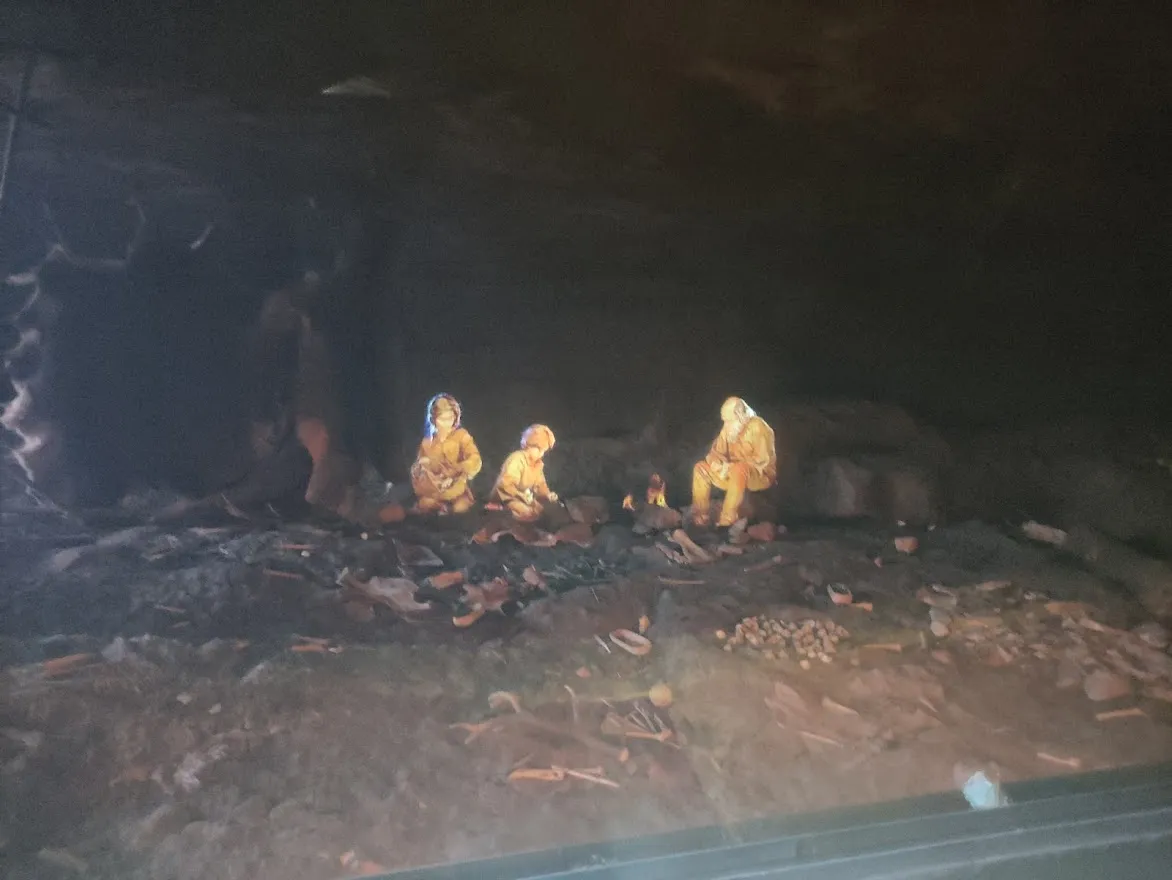
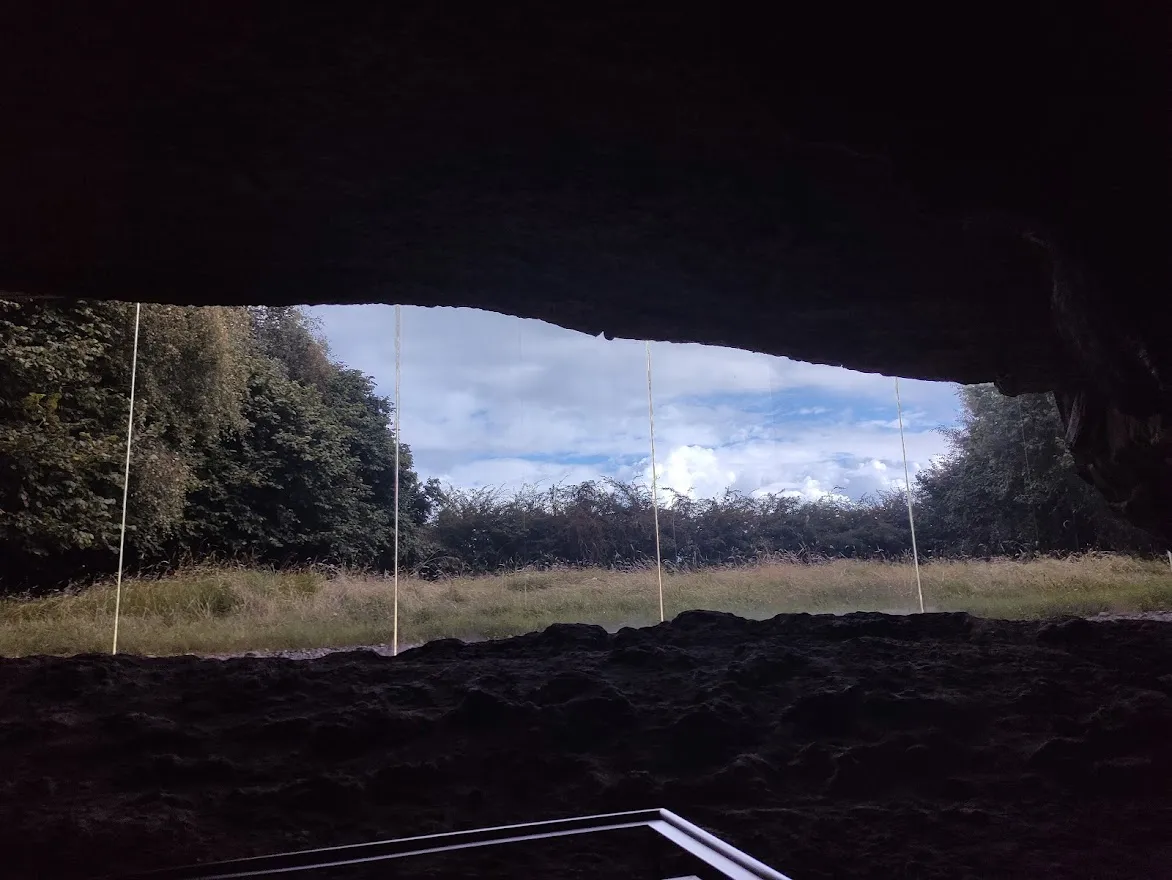
It is striking to see how our prehistoric ancestors used the cave's own reliefs to draw and perfect the technique of their works, using charcoal for the black color and the red color of oxides.
On its ceiling you can see about a hundred animals and signs, such as bison, horses, wild boars, deer and bulls..
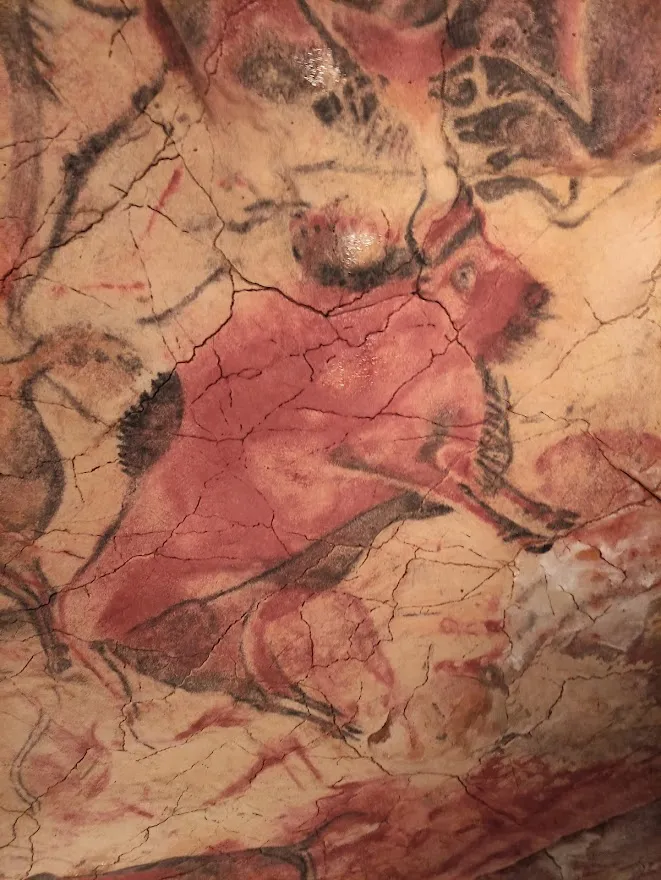
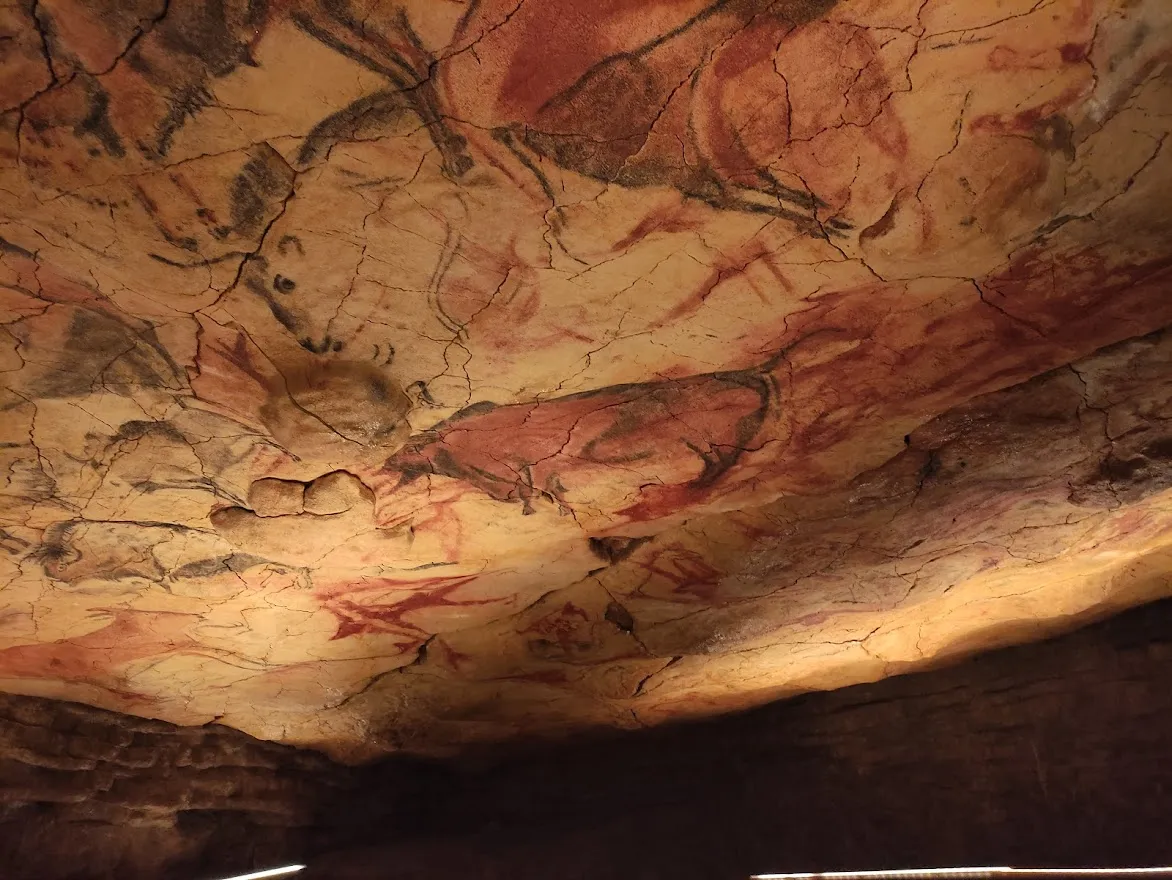 |  |  |
|---|
Prehistoric art in Altamira cave
In addition to the cave, outside the cave there is a museum that is also included in the entrance fee (3€). Here you can see more printed pieces of cave art from other caves, such as "La fuente de Salín" also in Cantabria, bones, pieces used for hunting, or skulls discovered of homo habilis from other parts of the world.
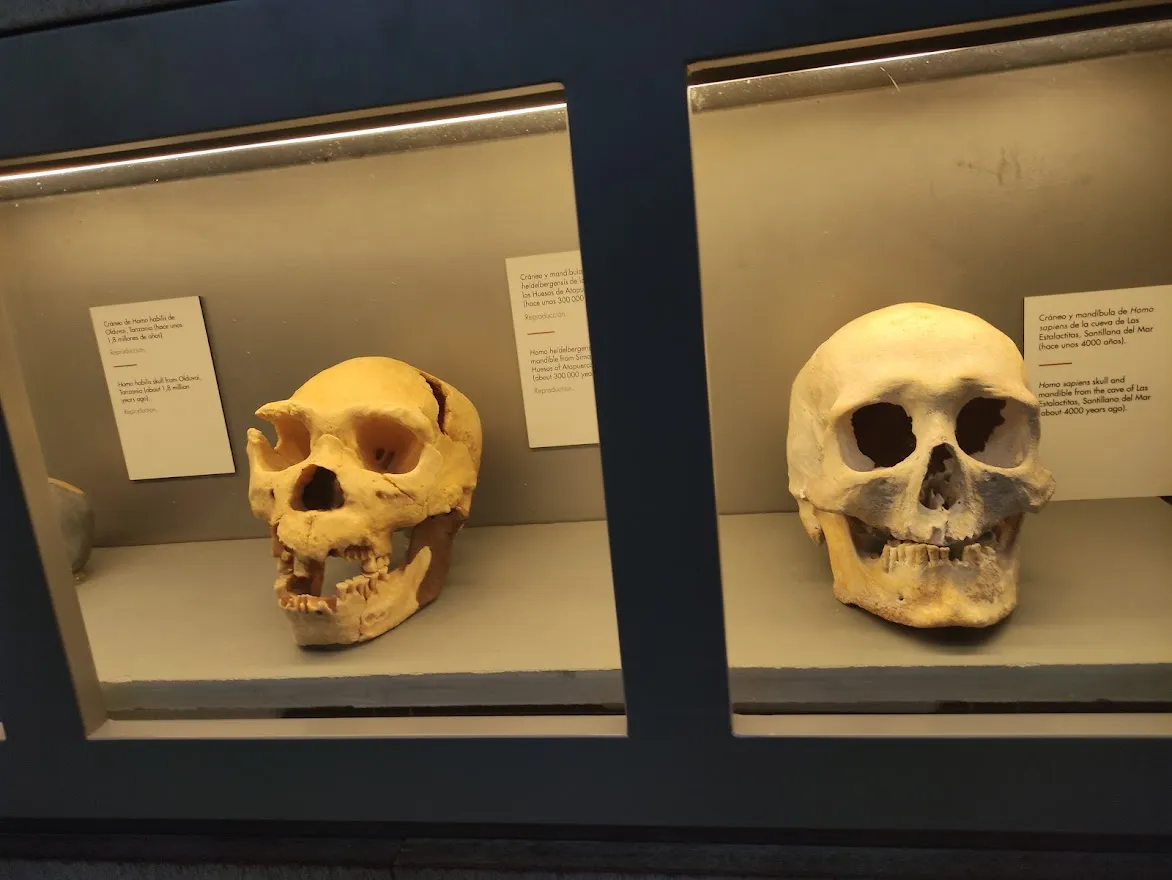 | 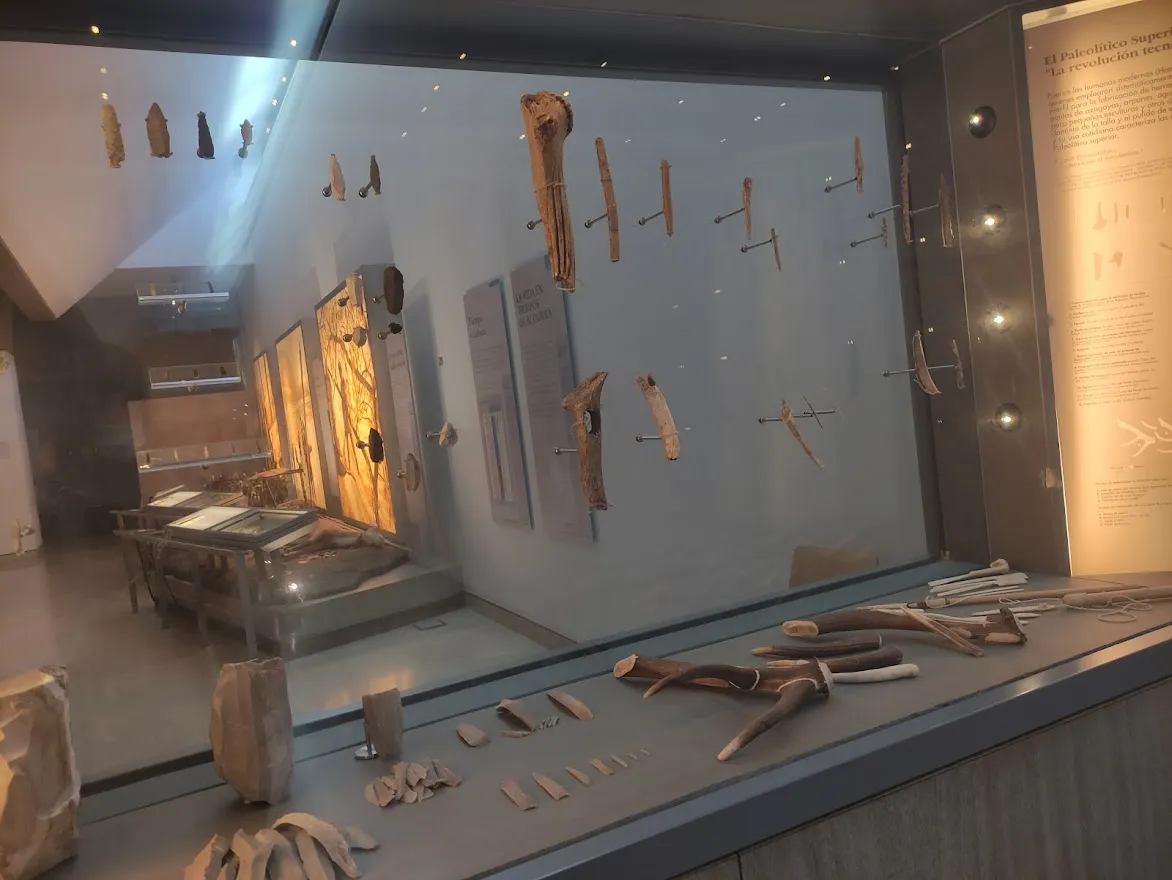 |
|---|
Museum of Altamira cave
The village of Santillana del Mar is very nice, with cobblestone floors, green landscapes and cows grazing. Also, there we tasted the famous "quesada pasiega" which is a delicious dessert from this region. It is made with whole milk, curdled milk, flour, eggs, butter, sugar and cinnamon.
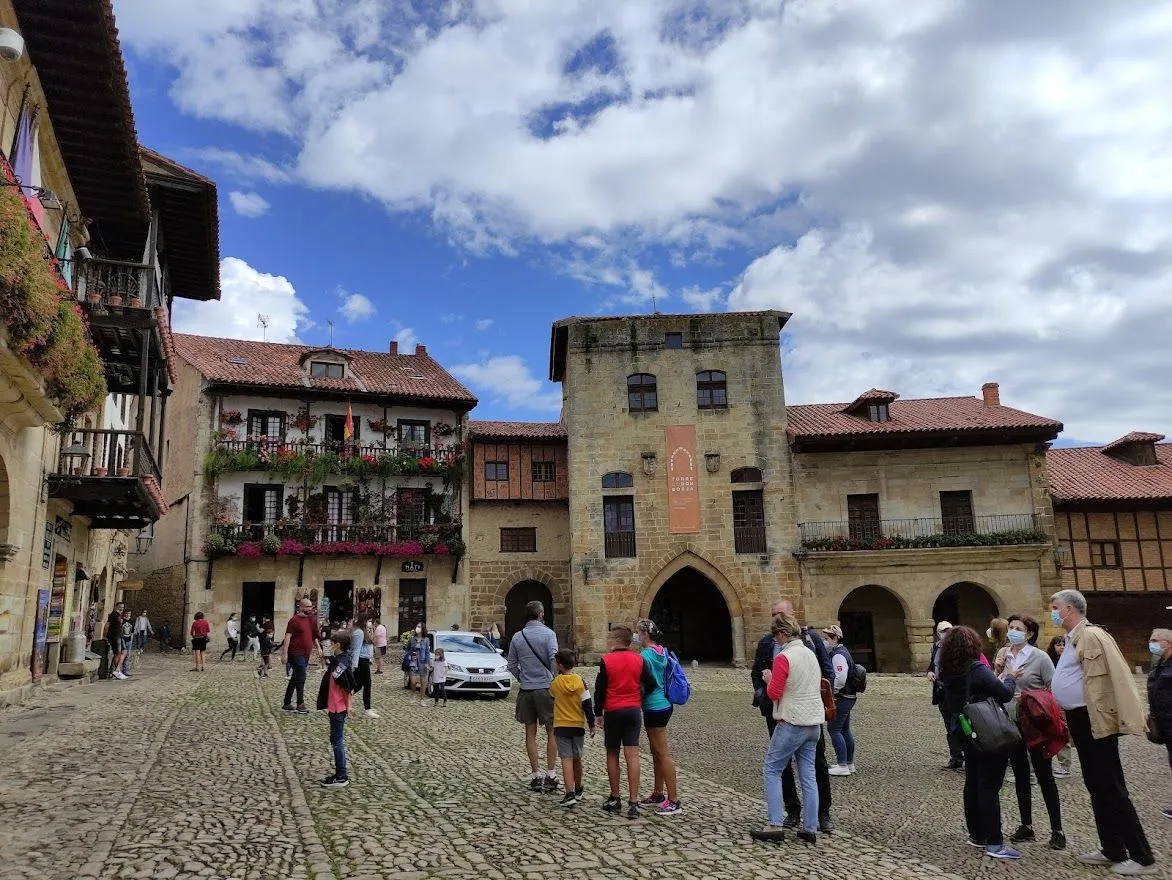
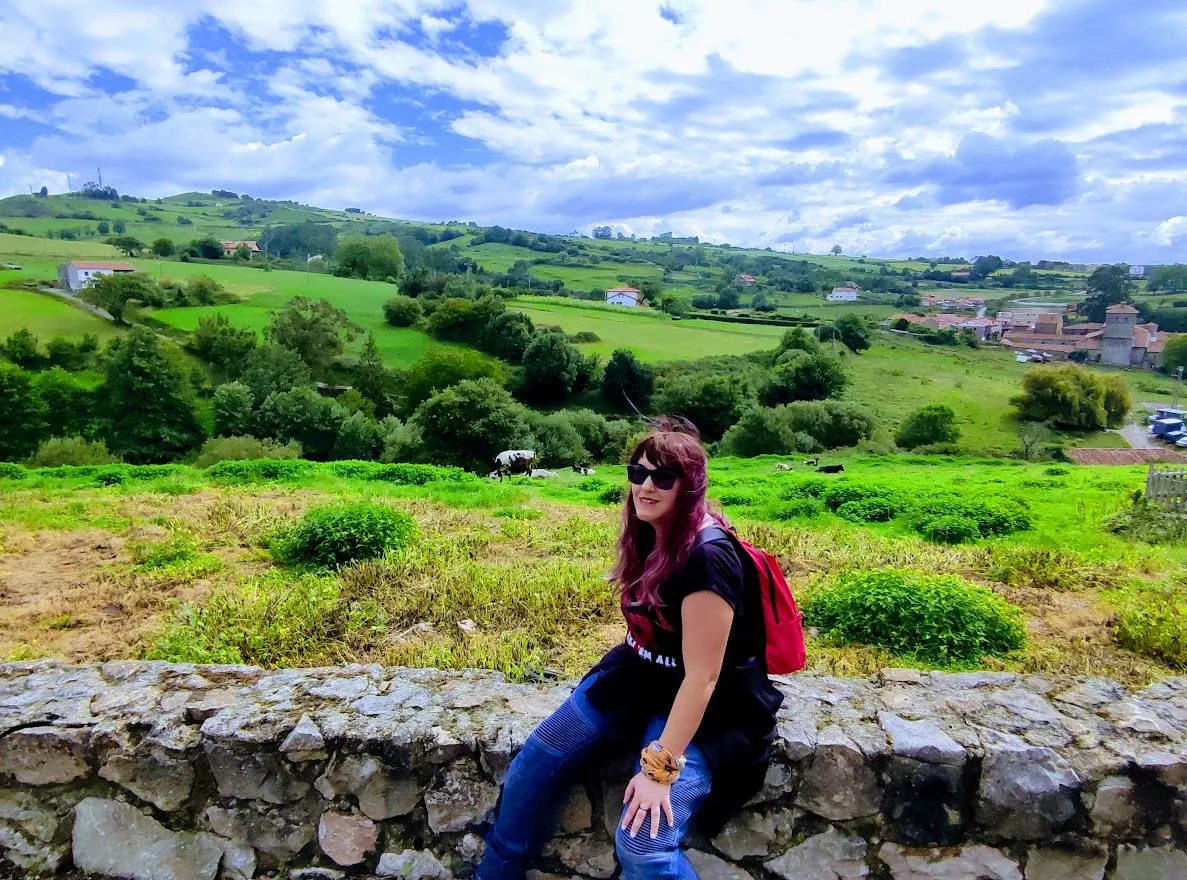
Santillana del Mar
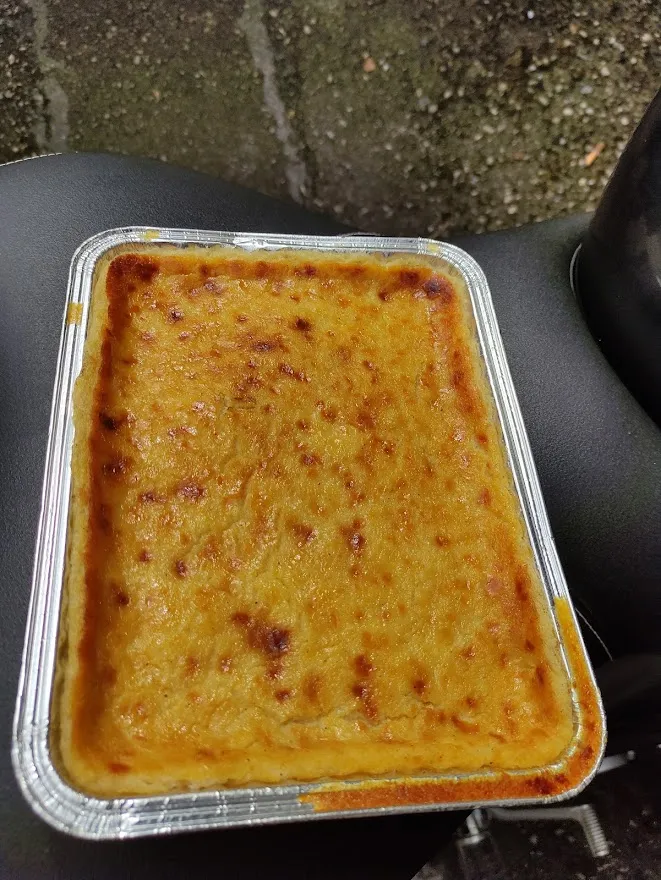
Quesada pasiega
We got back on the motorcycle and discovered a beautiful and solitary spot, also surrounded by dairy cows: the cliff of "El bolao".
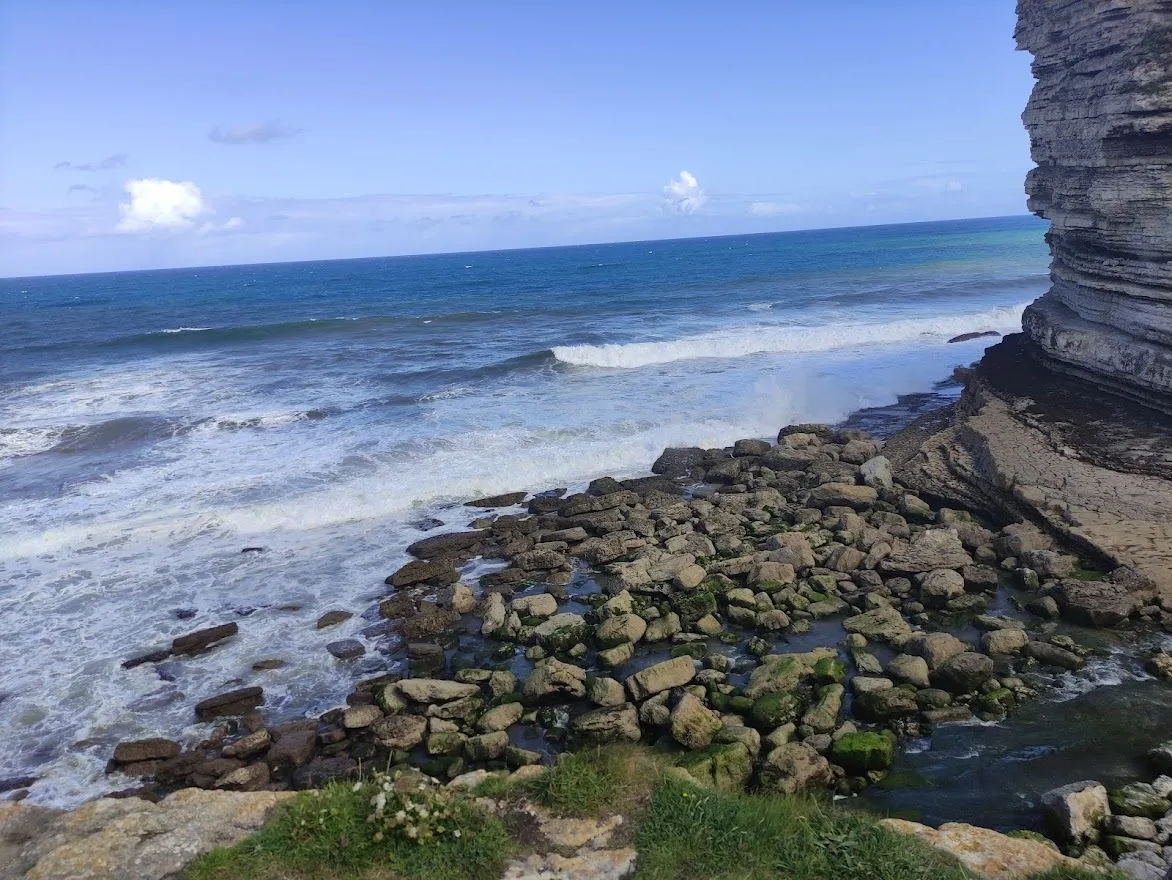
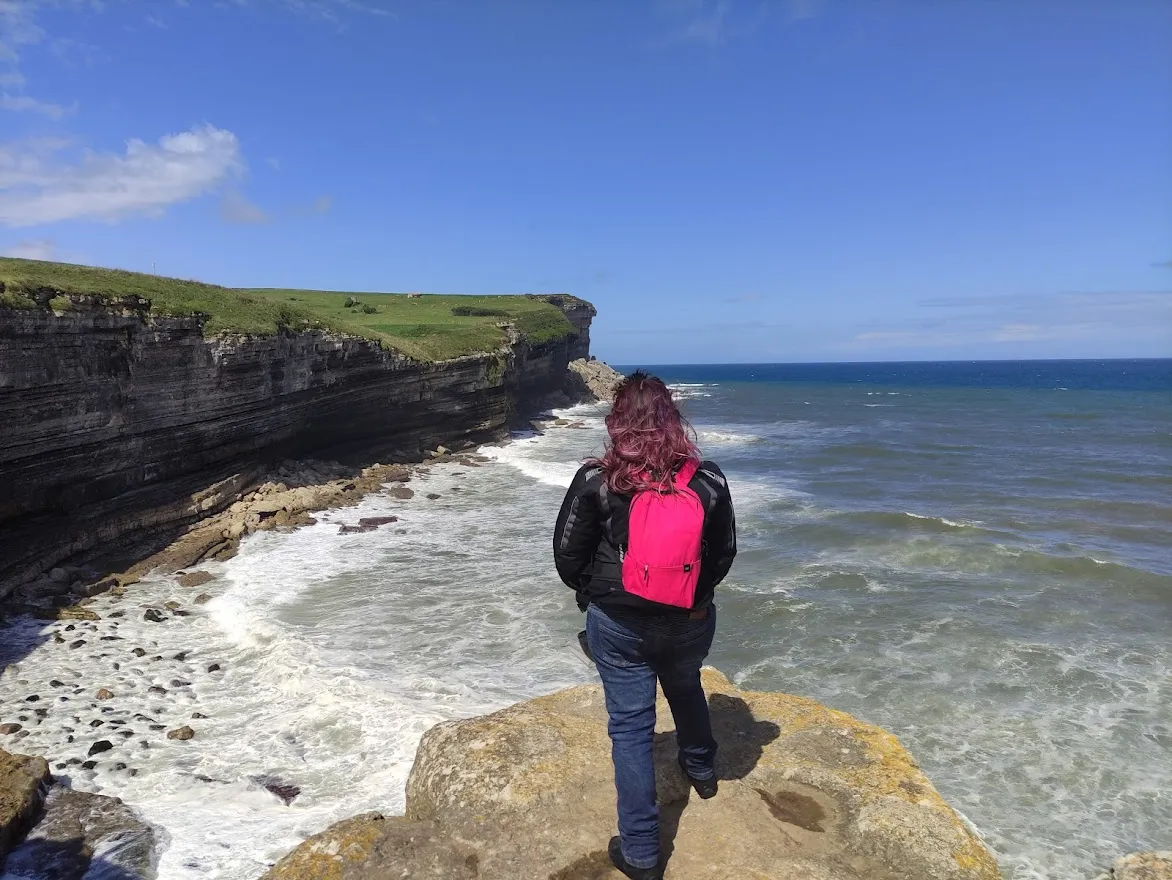
Cliff of El Bolao
We headed to another location, called "El Cabezón de Sal" where we found the "Monte cabezón" and a sequoia forest. You don't have to go all the way to California to see these gigantic trees, there are also in Cantabria! There are several trails to walk in this forest.
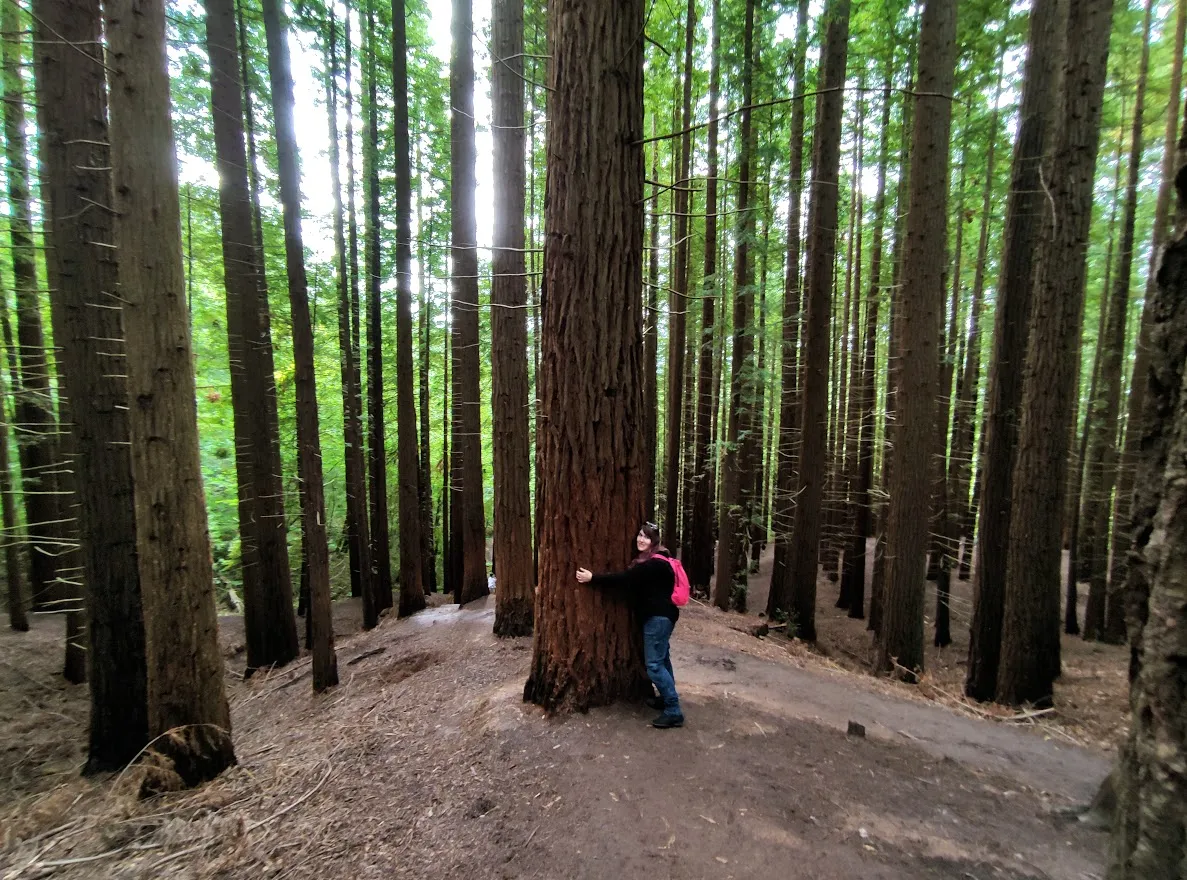
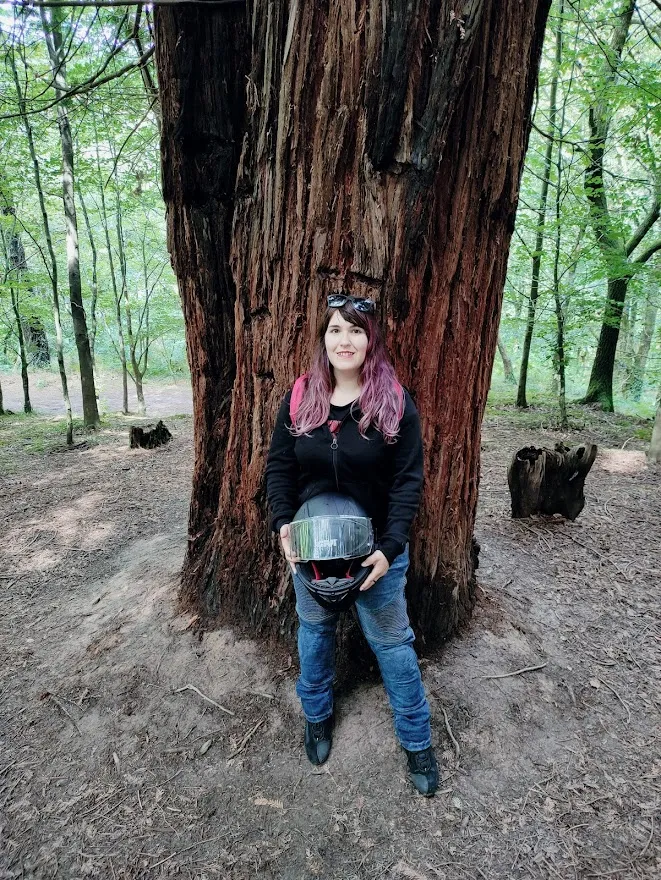
 | 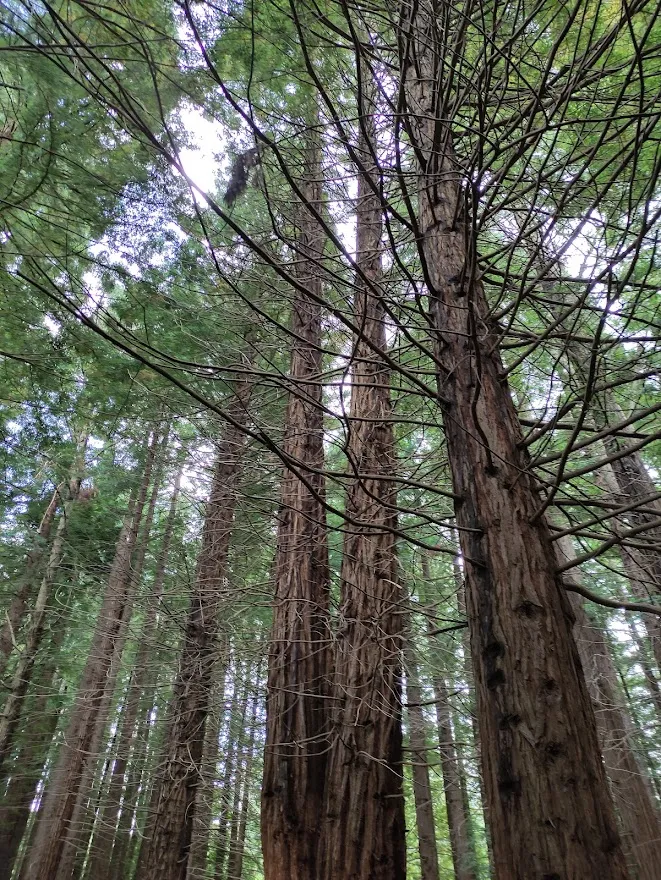 |
|---|
Sequoia forest in Cabezón mountain (Cabezón de Sal, Cantabria)
For lunch, we stopped in the town of Cabezón de Sal and at a restaurant called "Casa de comidas el Sol" we also tried a typical dish from there, the cocido montañés.
I was surprised that the quantity was generous, they literally put a whole clay pot for two people, which is quite filling. This stew has mainly white beans, cabbage, blood sausage, and chorizo.
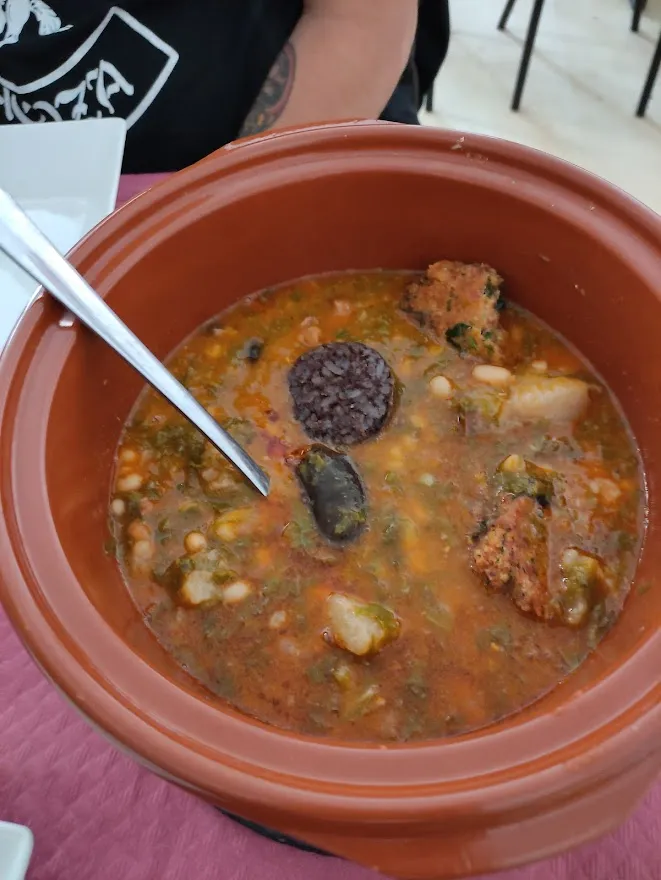 |  | 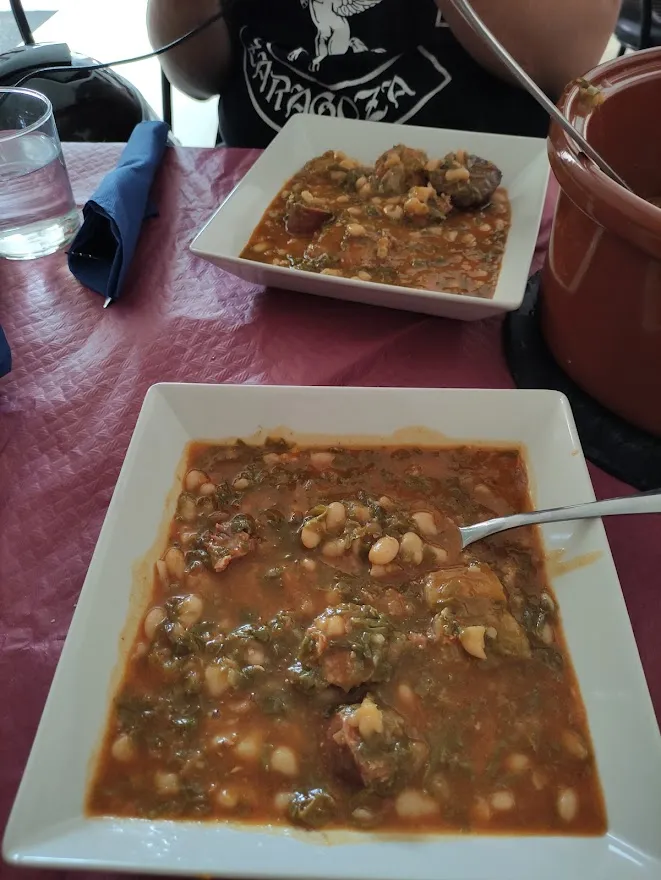 |
|---|
Cocido montañés//Mountain stew
On the way to Santoña, a town famous for its anchovies brought directly from the Cantabrian Sea, we found various animals. Cantabria is full of nature, landscapes, marshes, and if the day is sunny you can take the opportunity to swim in its beaches.
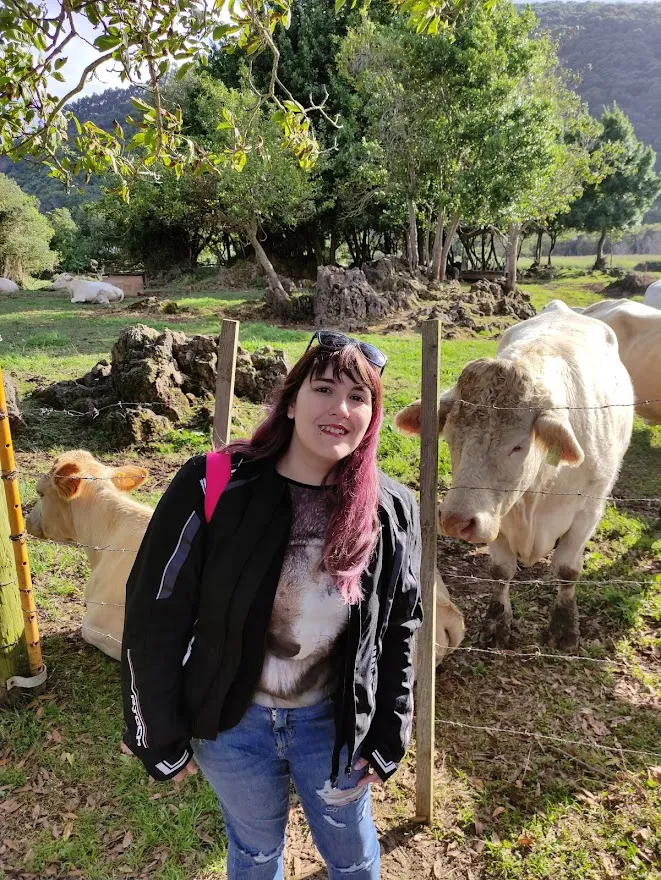 | 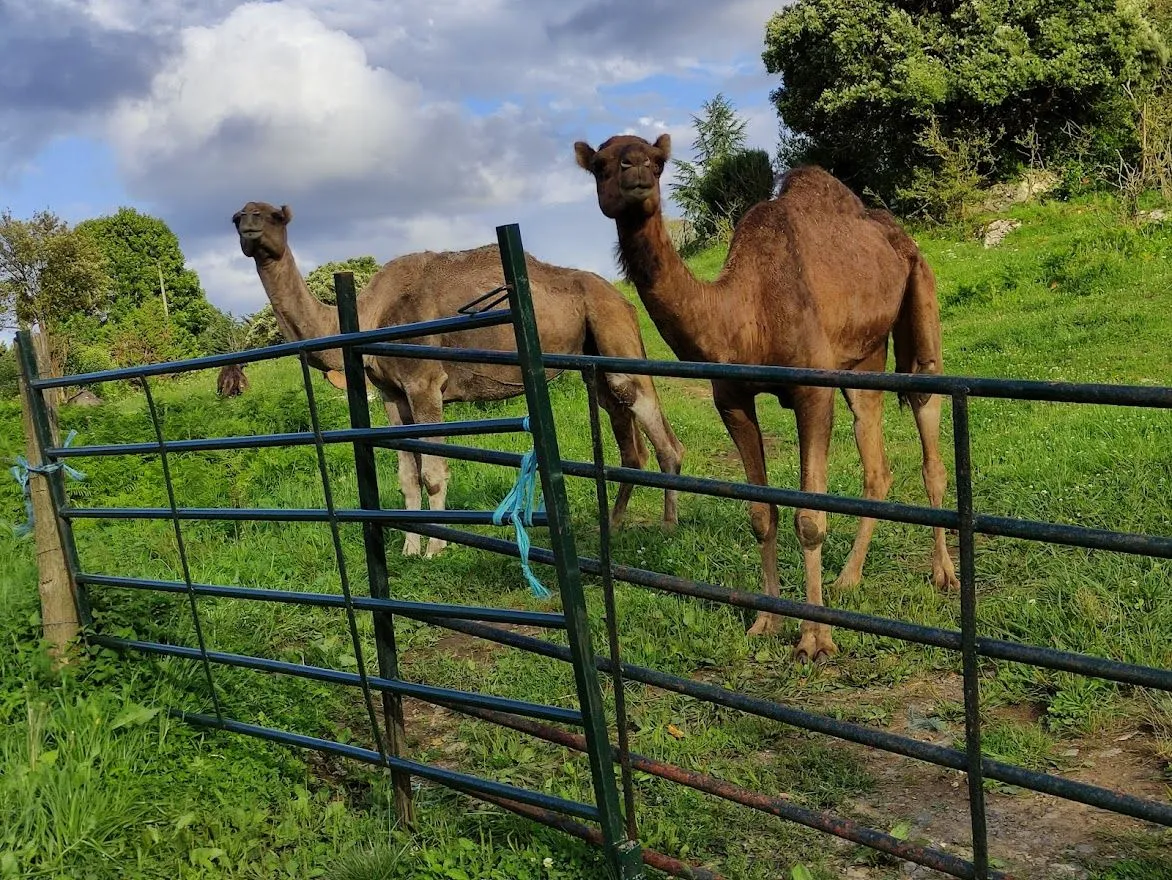 | 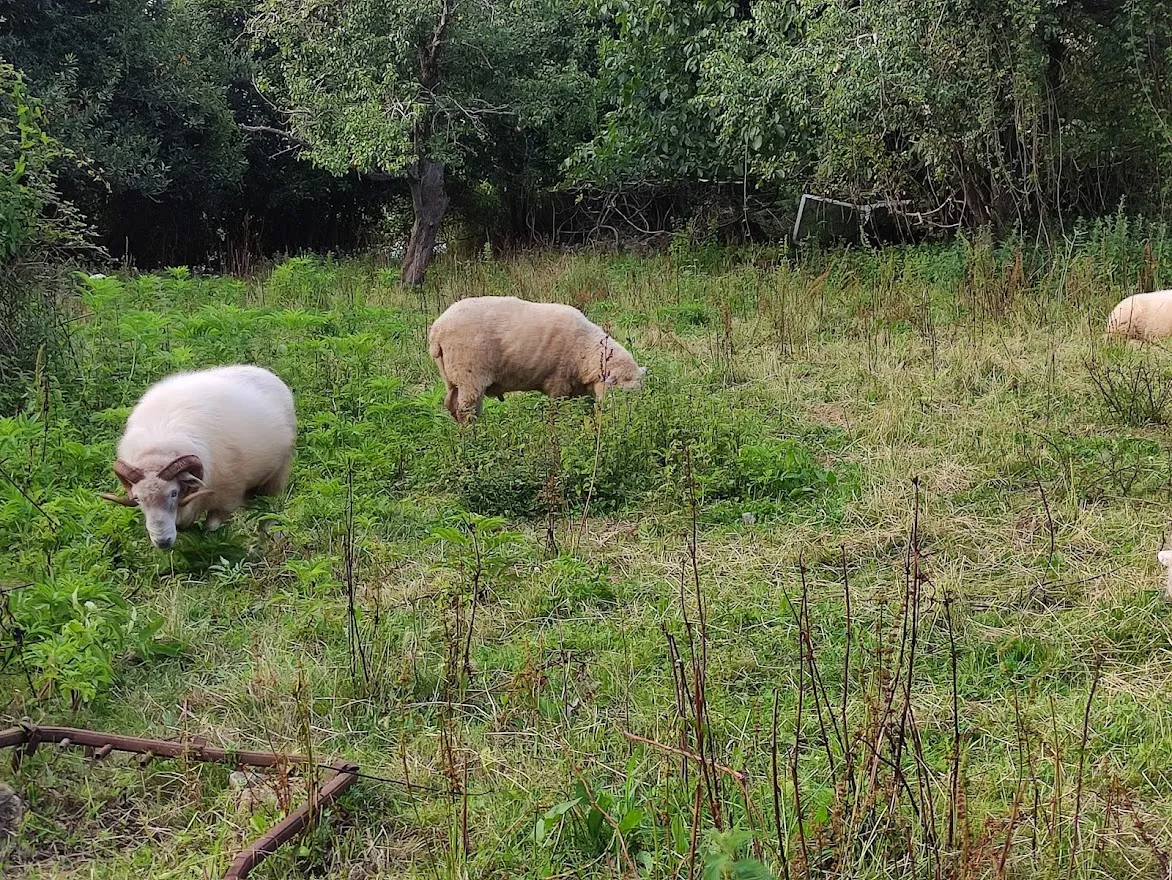 |
|---|
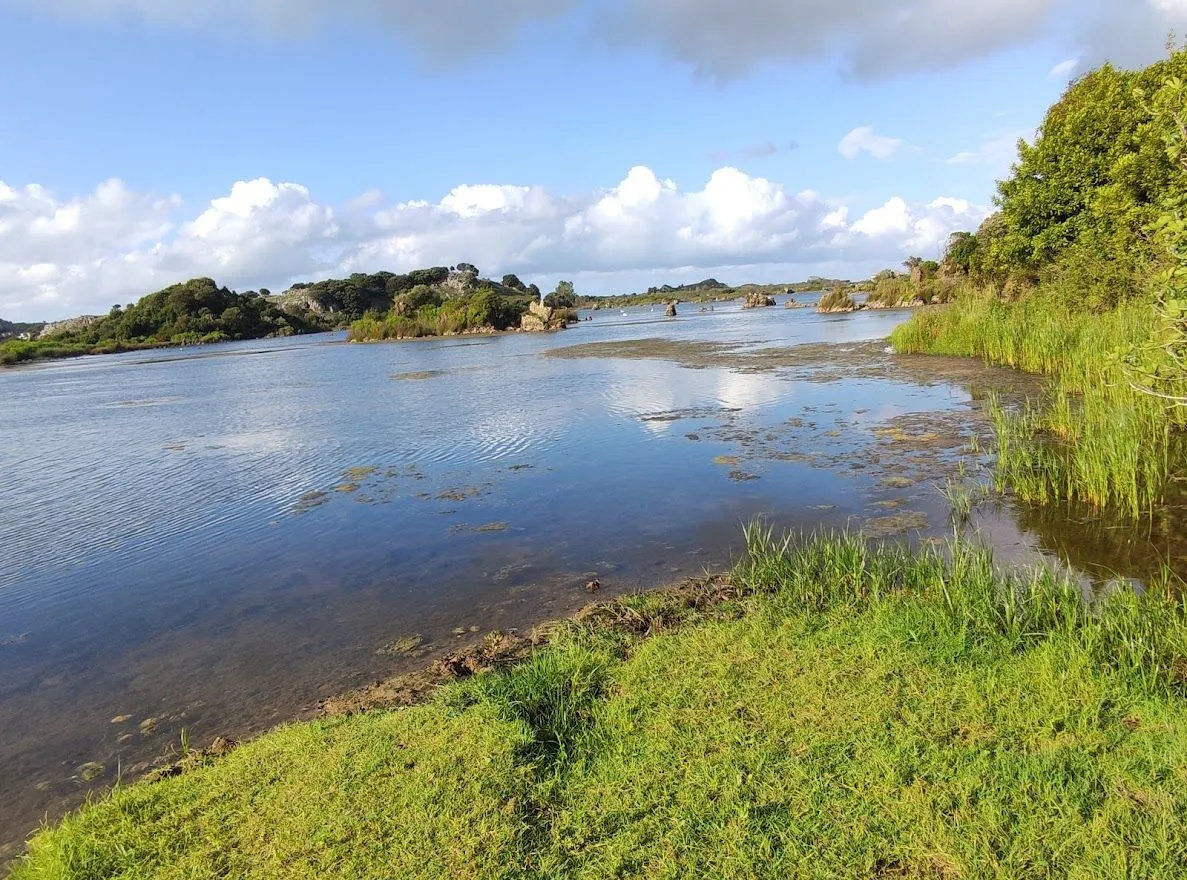
Animals and swamp near "La casa de las Mareas" in Soano (Cantabria)
We arrived in Santoña, and there I bought some cans of pickled anchovies to take home.
Here are some photos of this small fishing town. It caught my attention that there was a monument to the Cantabrian water dog, a breed that was used in fishing work and has been part of their culture, way of life and tradition.
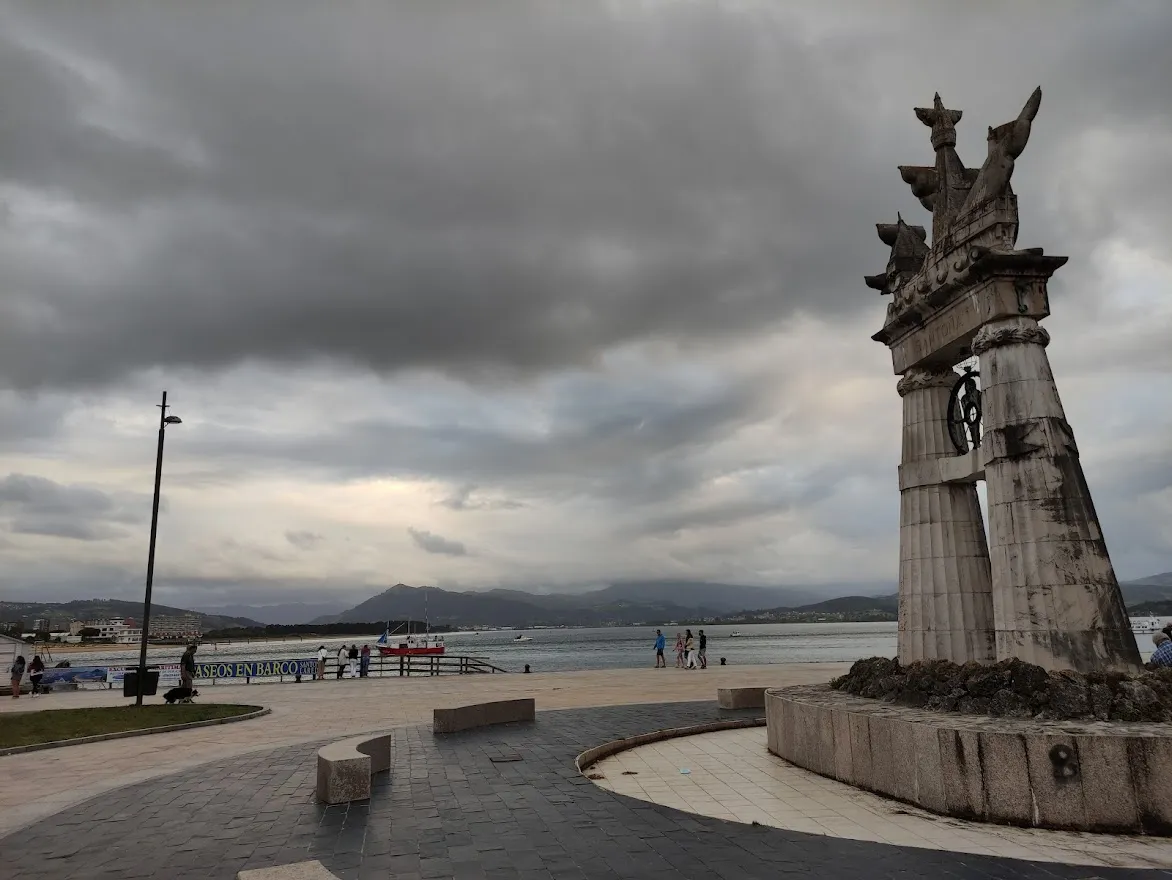
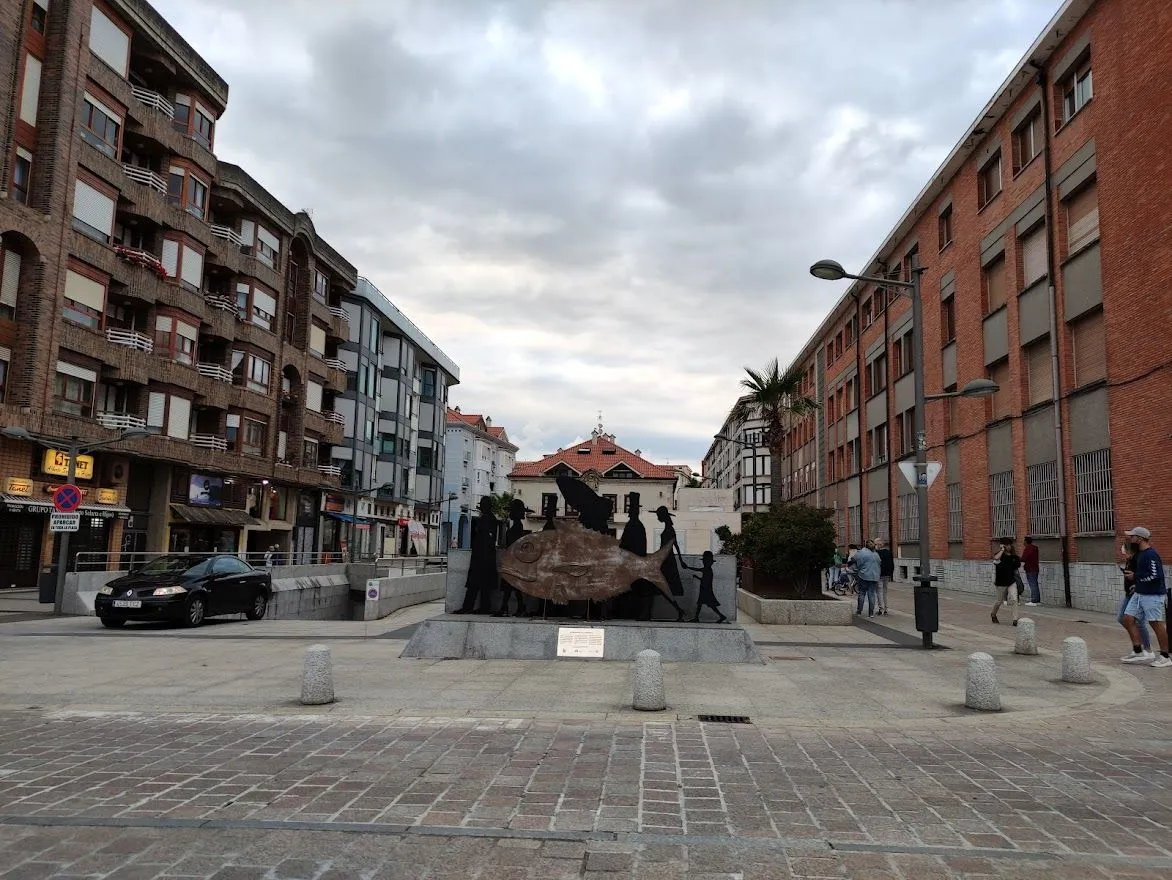
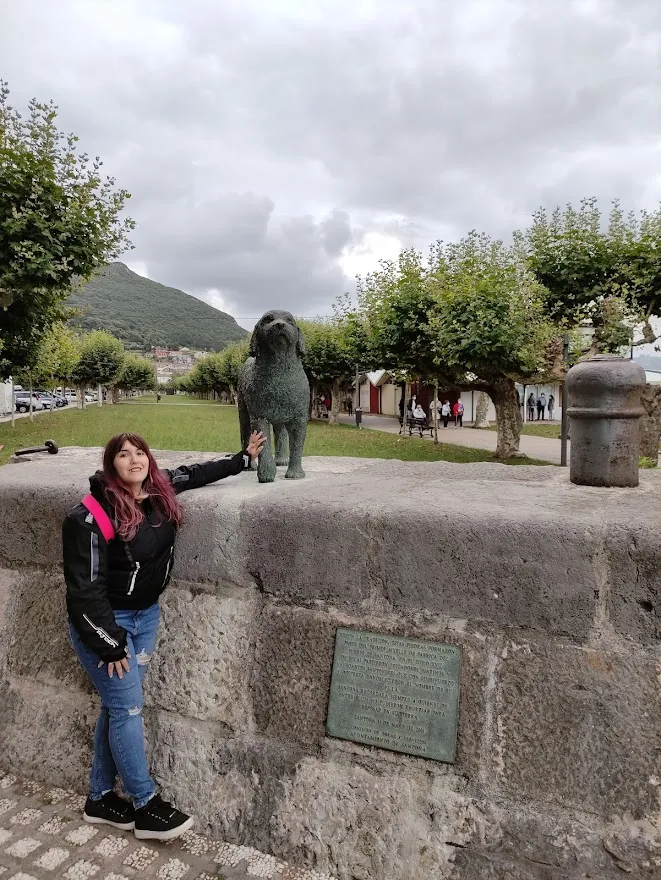
Santoña(Cantabria)
In addition, we could not leave Cantabria without tasting the cider, which is widely drunk in this area and in the neighboring region of Asturias.
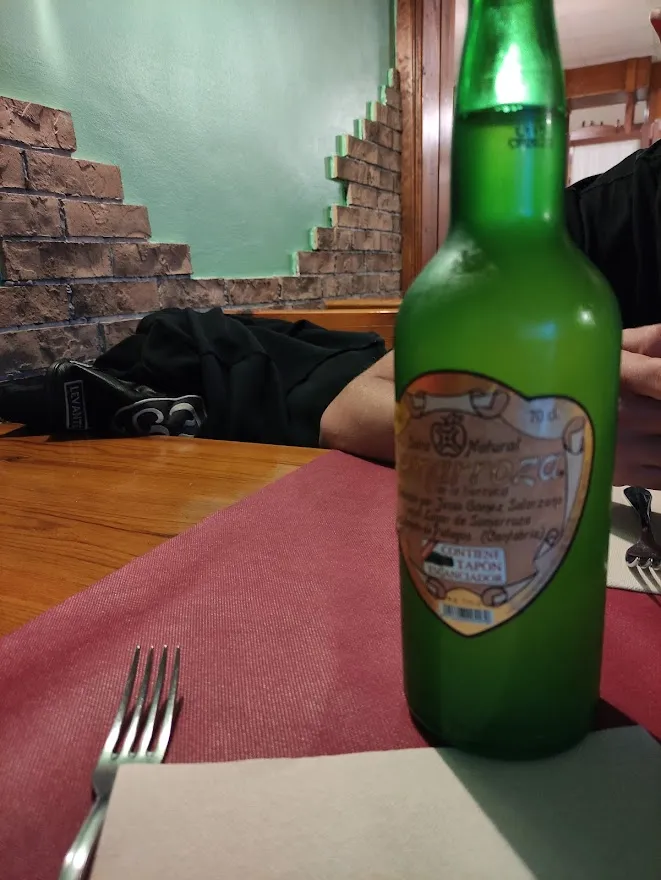
I hope you enjoyed learning about this community in Spain and you can keep it in mind if you visit my country. 😄
Español
¡Hola! Hoy vengo a contaros sobre una región del norte de España que estuve recorriendo en un viaje en moto que hicimos desde nuestra ciudad (Zaragoza) hasta allí. El conductor del trayecto fue @vonjerico.

En Cantabria estuvimos visitando varios lugares, uno de ellos y por el que tenía mucha ilusión de ir, es la cueva de Altamira, situada en el pueblo Santillana del Mar.
Es una cueva con arte rupestre paleolítico que posiblemente sea la más importante a nivel mundial, y es patrimonio de la humanidad desde 1985.
Sin embargo la original permanece cerrada al público desde hace algunos años, para evitar que se deteriore con las visitas. Cada día se hace un sorteo en la entrada y sólo unos pocos afortunados visitan la original. Pero sino, puedes visitar una réplica exacta de dicha cueva, en la que todo está milimétricamente representado tal como aparece en la original, y además durante el recorrido hay proyecciones en 3D que te van explicando un poco la historia y cómo fue descubierta.


Es impactante ver cómo nuestros ancestros prehistóricos usaban los propios relieves de la cueva para dibujar y perfeccionar la técnica de sus obras, usando carbón vegetal para el color negro y el color rojo de óxidos.
En su techo se pueden observar alrededor de un centenar de animales y signos, como bisontes, caballos, jabalíes, ciervos y toros.

 |  |  |
|---|
Arte rupestre en la cueva de altamira
Además de la cueva, fuera de ella hay un museo que también está incluido en el precio de la entrada (3€). En el que puedes ver más piezas impresas de arte rupestre de otras cuevas, como la de "La fuente de Salín" también en Cantabria, huesos, piezas que usaban para cazar, o cráneos descubiertos de homo habilis de otras partes del mundo.
 |  |
|---|
Museo de la cueva de Altamira
El pueblo de Santillana del Mar es muy bonito, con suelo empedrado, con paisajes verdes y vacas pastando. Además, allí probamos la famosa "quesada pasiega" que es un postre delicioso de esta región. Está hecha con leche entera, leche cuajada, harina, huevos, mantequilla, azúcar y canela.


Santillana del Mar

Quesada pasiega
Volvimos a subirnos a la moto y descubrimos un hermoso y solitario paraje, también rodeado de vacas lecheras: El acantilado de "El bolao"


Acantilado de El Bolao
Nos pusimos rumbo a otra localización, llamada "El Cabezón de Sal" donde se encontraba el "Monte cabezón" y un bosque de secuoyas. No hace falta irse hasta California para ver estos gigantescos árboles, ¡también hay en Cantabria! Hay diversos senderos que recorrer en este bosque.


 |  |
|---|
Bosque de secuoyas en el Monte Cabezón (Cabezón de Sal, Cantabria)
Para almorzar, paramos en el pueblo de Cabezón de Sal y en la "Casa de comidas el Sol" probamos también un plato típico de allí, el cocido montañés.
Me sorprendió que la cantidad era generosa, literalmente te ponen toda una olla de barro para dos personas, que te sacia bastante. Este guiso lleva principalmente judías blancas, berzas, morcilla, y chorizo.
 |  |  |
|---|
Cocido montañés
De camino a Santoña, un famoso municipio por sus anchoas traídas directamente del mar cantábrico, nos encontramos diversos animales. Cantabria está llena de naturaleza, paisajes, pantanos, además de que si un día hace sol puedes aprovechar a bañarte en sus playas.
 |  |  |
|---|

Animales y pantano cerca de "La casa de las mareas" en Soano (Cantabria)
Llegamos a Santoña, y allí me compré algunas latas de anchoas encurtidas para llevármelas a casa.
Os dejo algunas fotos de este pequeño municipio pesquero. Me llamó la atención que había un monumento al perro de aguas del Cantábrico, una raza que se usaba en labores pesqueras y ha formado parte de su cultura, forma de vida y tradición.



Santoña(Cantabria)
Además, no podíamos irnos de Cantabria sin degustar la sidra, que se bebe mucho por esta zona y por su región vecina Asturias.

Espero que os haya gustado conocer esta comunidad de España y la podáis tener en mente si visitáis mi país. 😄
All photos have been taken by me with my Xiaomi phone, or otherwise by my travel partner @vonjerico with his Xiaomi phone as well. It's possible that some of them have been uploaded to one of my social networks.
Todas las fotos han sido hechas por mí con mi móvil Xiaomi, o en su defecto por mi compañero de viaje @vonjerico con su móvil Xiaomi también. Es posible que alguna de ellas haya sido subida a alguna de mis redes sociales.
Writer Instagram | Travel Instagram | Twitter | Facebook| Linktree
My social networks/Mis redes sociales:
